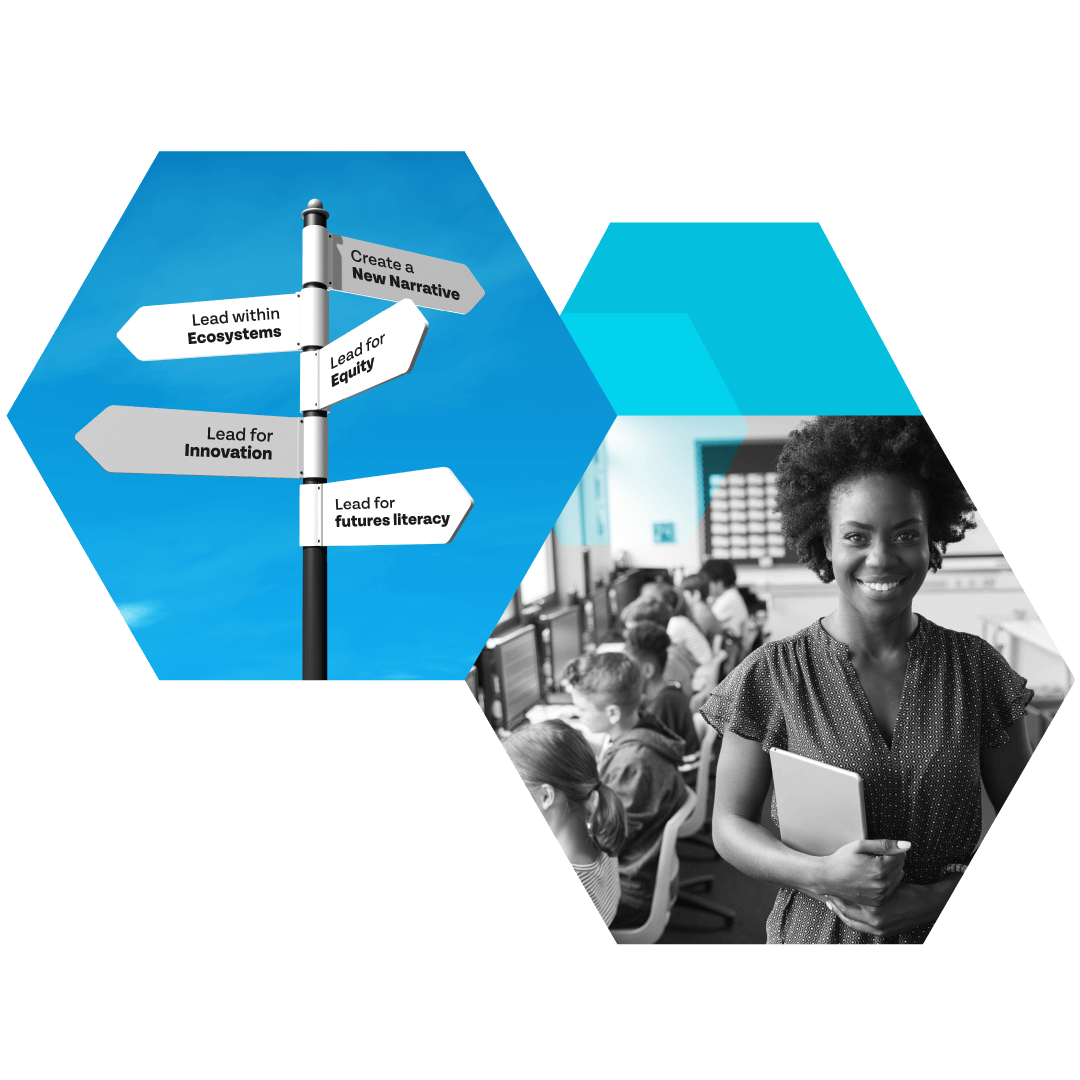







5 Reasons to Include Community in Decision-Making
There are many ways to lead a group, an organization, a movement, a school district, or even a government. History buffs can point to all kinds of leadership styles and practices that have worked—and even more that have fallen flat.
In today’s connected and complex world, leadership styles of the past aren’t as effective, and may even be more harmful than helpful. To help employees, citizens, and stakeholders navigate faster and more nuanced environments, leaders must be able to work collaboratively and, in some cases, “lead from behind.”
What is "leading from behind"

Leading from behind doesn’t mean abrogating your leadership responsibilities. After all, the shepherd makes sure that the flock stays together. He uses his staff to nudge and prod if the flock strays too far off course or into danger. For leaders, it’s a matter of harnessing people’s collective genius.
~ Linda Hill, Harvard Business Review
Participatory decision-making
One practice of strong community leaders is participatory decision-making (PDM). PDM is the strategic use of community engagement to inform and legitimize the decision-making process. This kind of community-inclusive process builds the community’s trust and confidence in both the decision-makers and the decision process.
PDM is grounded in the theories and practices of Social Learning, Participative Management, Participatory Democracy, and, more recently, neuroscience. There are various types, styles, and levels of PDM to draw from. Sherry Arnstein’s Ladder of Citizen Participation, Himmelman’s Collaboration Continuum, and the more recent International Association for Public Participation (IAP2) Spectrum of Public Participation speak to the breadth of PDM options available.
Albert Bandura proposed a Social Learning Theory emphasizing observation, imitation, and modeling. This theory has evolved to include recognizing mutual goals and perspectives, uncovering values, sharing problem identification, co-creating knowledge, understanding interdependencies, complexities, and trust.
The outcomes of social learning processes influence decision-making, helping community stakeholders reach agreement and make decisions based on a shared understanding of the situation.
Why collaborative leaders use PDM
1. Build community capacity
Participatory Action Research theory suggests that involving those affected by a given problem increases their collective ability to find solutions. People learn through experience. Providing opportunities to influence decisions facilitates community members’ ability to make better decisions.
In the workplace, leaders ask employees on the ground what solutions they’d recommend. In the classroom, teachers and students can voice their thoughts on problems and offer ideas. While a crisis may require top-down solutions, strategic planning needs input from the community that is most affected by the problem and most invested in the solution.

2. Create social capital
PDM creates social capital. Trust and confidence develop when leaders and constituents work together to pursue the common good. As communities become more diverse, the need for social capital and participatory, collaborative decision-making increases. Community members and stakeholders are more likely to accept decisions if they feel they have input into them.
This concept can be universally applied across any type of organization, business, district, or community. Whether it’s parents and students having a say in the curriculum, citizens voicing priorities for a politician, or employees contributing to strategic planning—everyone values the opportunity to be included.
3. Ensure compliance
In many instances, there is a requirement to at least inform, if not include, the public in decision-making. For example, school boards are tasked with building public goodwill and seeking diverse perspectives. The ethics of public school governance mandate striving for broad representation of community members, parents, staff, and students.
Often districts share information and gather input in town hall forums. In-person meetings, however, do not always amplify the best ideas—just the loudest ones. Marginalized voices are less likely to be heard because of bias, and community members who can’t attend aren’t heard at all. An online discussion tool allows for participation regardless of whether or not an in-person meeting is held or attended, and amplifies the best ideas without bias.

4. Improve legitimacy, transparency, and inclusion
PDM increases the perceived legitimacy of decisions. In a pluralistic society where consensus is difficult, the legitimacy and acceptance of decisions are dependent on the decision-making process itself.
A fair process allows stakeholders to focus on the problem and solution, not the process. When participants in decision-making believe the process is unfair, they are less likely to participate in the process or support the decision reached. Conversely, participants who believe the process was fair are more likely to commit to, support, and work toward that decision.
5. Make better decisions
Under certain conditions, large groups of ordinary people are better at problem-solving and making decisions than small groups of experts. The conditions include problem type, group size and structure, and the settings under which they make the decision. This is the advantage of collective intelligence—one of ThoughtExchange’s guiding principles.
Large and diverse groups are better at solving many of the complex problems that haunt community systems. To be genuinely wise and capable of making better decisions than the experts, the group needs to be large, cognitively diverse, and possess local knowledge. Notably, the group members need to be allowed to make decisions independently before aggregating their individual thoughts into collective decisions. These types of groups perform best on complex problems, providing they can agree on the goal, and when the issue is framed in a way that doesn’t presuppose a specific lens.
Invite - Include - Inspire
Wise leaders know that collaborative practices like participatory planning and decision-making are not only respectful – they are the best route to creating communities that thrive. Collaborative leaders understand that leading from behind is not giving up control. They invite the community in, and then invite them in again. They are inclusive and ensure diverse views are well represented. And they inspire others to also lead from behind.
We understand leaders like you. We created ThoughtExchange for leaders who recognize the importance of including community in defining problems and searching for solutions. Leaders who are willing to reach out to their community or stakeholders, ask the hard questions, and work collaboratively and cooperatively to co-discover community-informed solutions.



